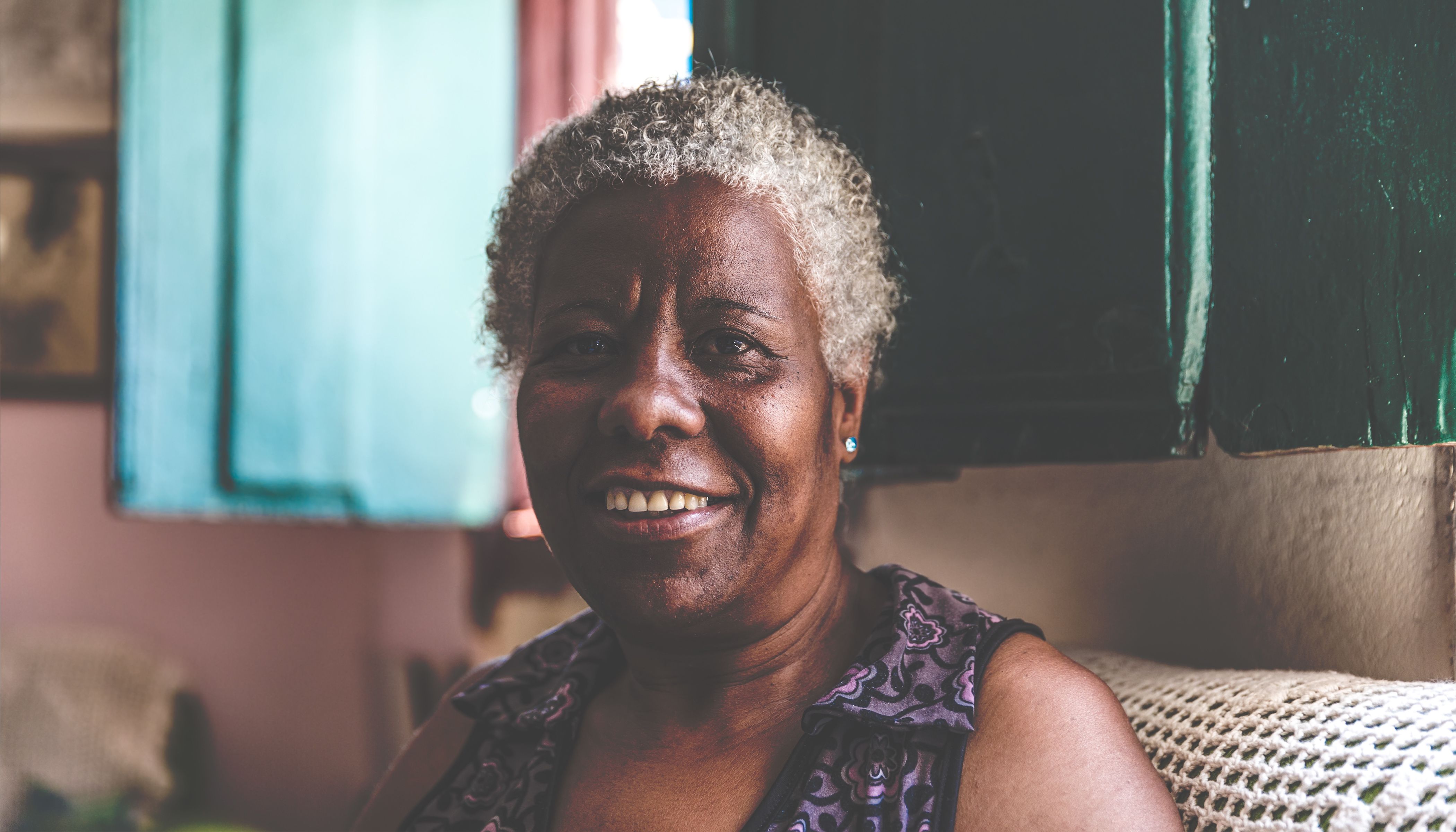- Acne
- Actinic Keratosis
- Aesthetics
- Alopecia
- Atopic Dermatitis
- Buy-and-Bill
- COVID-19
- Case-Based Roundtable
- Chronic Hand Eczema
- Chronic Spontaneous Urticaria
- Drug Watch
- Eczema
- General Dermatology
- Hidradenitis Suppurativa
- Melasma
- NP and PA
- Pediatric Dermatology
- Pigmentary Disorders
- Practice Management
- Precision Medicine and Biologics
- Prurigo Nodularis
- Psoriasis
- Psoriatic Arthritis
- Rare Disease
- Rosacea
- Skin Cancer
- Vitiligo
- Wound Care
Article
Examining facial skeletal changes in black and white adults
Author(s):
Both black and white adults experience facial skeletal changes, but the degree of change that researchers observed in black adults over about a 10-year period was minor compared to their previous findings among white patients.
Understanding facial skeletal aging changes is key to performing successful facial rejuvenation. And while studies have analyzed patterns of facial bony changes for white adults, data is lacking for black adults. (filipefrazao - stock.adobe.com)

Both black and white adults experience facial skeletal changes, but the degree of change that researchers observed in black adults over about a 10-year period was minor compared to their previous findings among white patients, according to a study published online April 4, 2019 in JAMA Facial Plastic Surgery.
Understanding facial skeletal aging changes is key to performing successful facial rejuvenation. And while studies have analyzed patterns of facial bony changes for white adults, data is lacking for black adults.
In the study, researchers analyzed 2-dimensional measurements on facial computer tomographic (CT) images of 20 black men and women taken at least six years apart. The images documented changes in glabellar angle, bilateral maxillary angles, frontozygomatic junction width, orbital width and piriform width. Patients were between ages 40 and 55 years with no prior facial surgery for the first scan and were followed an average of 10.7 years.
Researchers found piriform aperture width increased significantly from 3.24 cm to 3.31 cm among men and women in the study. Only women had a significant average increase in orbital width from 3.77 cm to 3.84 cm. Researchers reported average frontozygomatic junction width decreased significantly from 5.46 mm to 5.24 mm.
Glabellar angles, maxillary angles and male orbital width did not change significantly between the first and second scans.
To put the changes in perspective, these researchers previously did a similar study in predominately white adults.
“This primarily white sample population of similar ages had a significantly decreased mean glabellar angle of 2.3 degrees over a period of 9.6 years, whereas the black sample population of the present study had a decreased mean glabellar angle of only 0.68 degrees over a slightly longer timeframe, which did not reach statistical significance,” they write. “Unlike the predominately white patients in our pilot study who had significantly decreased mean maxillary angles over time, the black patients in the present study had no significant change.”
References:
Buziashvili D, Tower JI, Sangal NR, Shah AM, Paskhover B. Long-term Patterns of Age-Related Facial Bone Loss in Black Individuals. JAMA Facial Plast Surg. 2019;
Newsletter
Like what you’re reading? Subscribe to Dermatology Times for weekly updates on therapies, innovations, and real-world practice tips.














